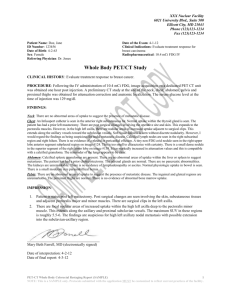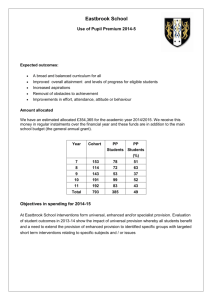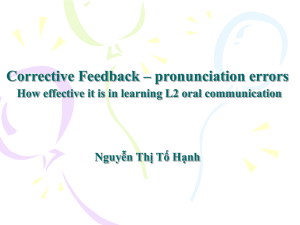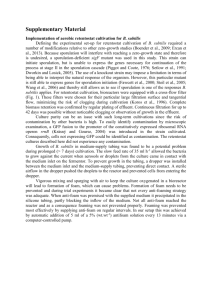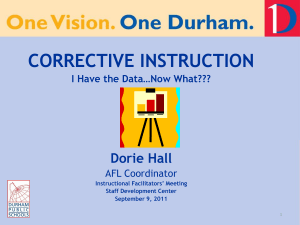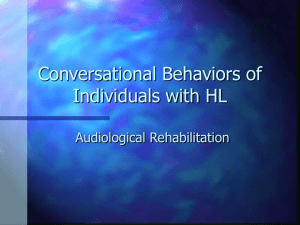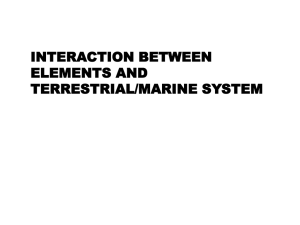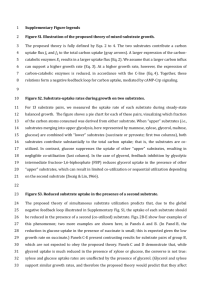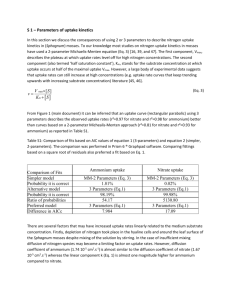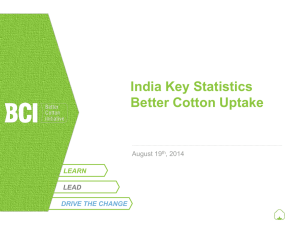Corrective Feedback and Learner Uptake
advertisement
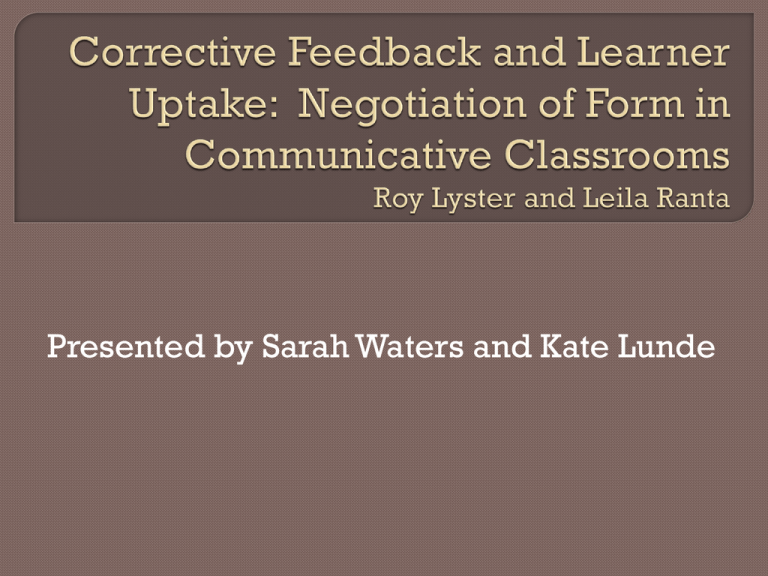
Presented by Sarah Waters and Kate Lunde To study corrective feedback as an analytic teaching strategy. To determine which types of corrective feedback result in the greatest frequency of learner uptake and repair. Hendrickson’s questions (1978) • Should learners’ errors be corrected? • When should learners’ errors be corrected? • Which errors should be corrected? • How should errors be corrected? • Who should do the correcting? Still no clear answers • Much research cited that doesn’t directly apply. Hamayan and Tucker (1980) • Native speakers were corrected in higher grades more than L2 speakers in immersion program. Doughty (1994) • Teachers correct well-formed utterances with only one error. Chaudron (1977, 1986, 1988) • Students more likely to produce a correct response when the teacher isolates the error. What are the different types of corrective feedback and their distribution in communicatively oriented classrooms? What is the distribution of uptake following different types of corrective feedback? What combinations of corrective feedback and learner uptake constitute the negotiation of form? Observation of six immersion classrooms Excluded formal grammar lessons Teachers unaware of research focus Taped and then analyzed teacher-student interactions Error • one vs. multiple errors • phonological, lexical, grammatical, gender, L1 usage Feedback • explicit correction, recast, clarification request, metalinguistic feedback, elicitation, repetition Uptake • repetition, incorporation, self-repair, peer-repair • acknowledgement, same error, different error, off target, hesitation, partial repair 2500 n=3268 2164 2000 1500 1104 1000 686 500 377 184 0 No Error Errors Feedback Uptake Repair Explicit Repetition Correction 5% 7% Metalinguistic Feedback 8% Clarification Request 11% Elicitation 14% Percentage of Feedback Type for Turns with Feedback n=686 Recast 55% 100% 90% 80% 70% 60% 50% 40% 30% 20% 10% 0% Repair Needs Repair No Uptake Recast is by far the most commonly used but is the least likely to lead to uptake. • Teachers also repeat correct sentences so students may not discern error correction. Feedback types that allow for negotiation of form are the most effective at producing student repair. • Elicitation and Metalinguistic Feedback Use error correction that draws student attention to the error and requires repair. Engage students in negotiation of form during meaningful communicative activities.

